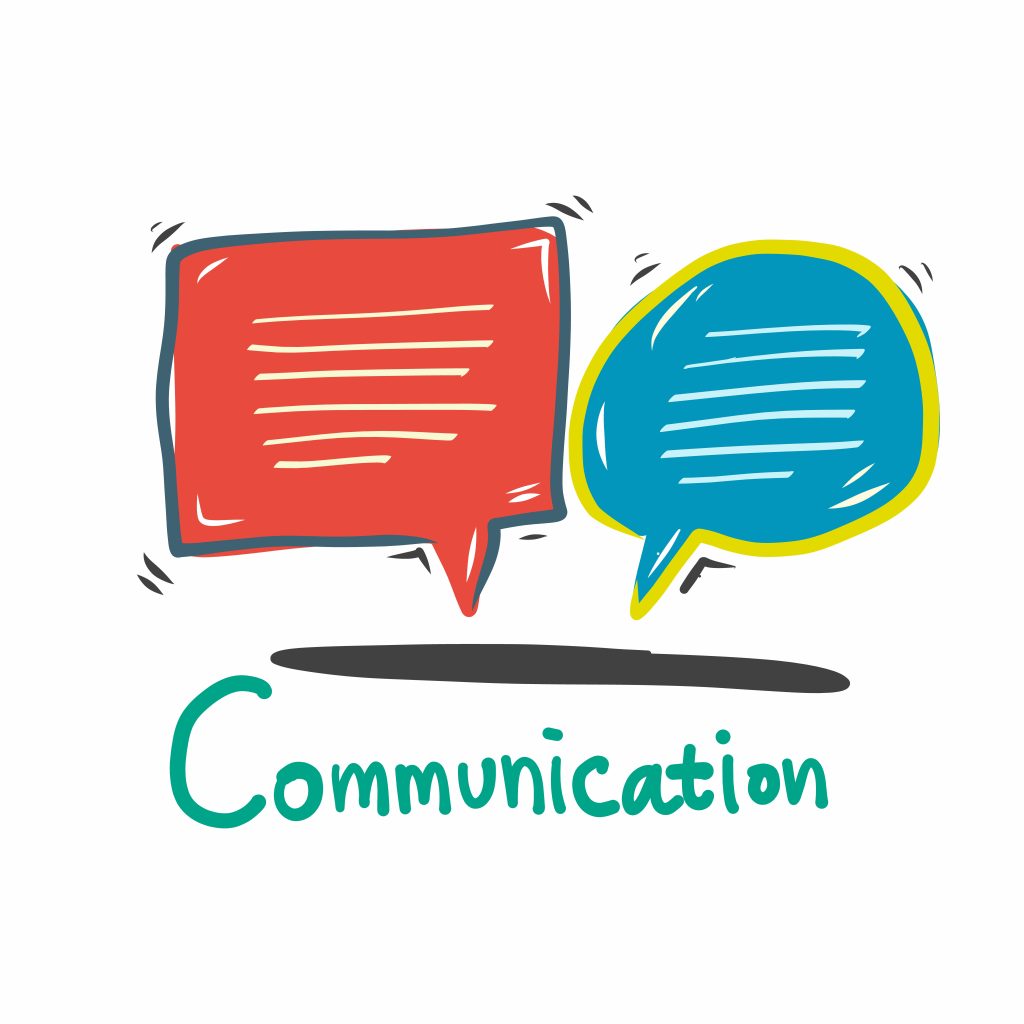If you’re like most people, you usually start your working day with the intention of being as productive as possible. Yet, as the day rolls on, you find yourself fielding multiple urgent requests and watching your task list grow. What you initially set out to accomplish often gets pushed to the side. However, this can be accomplished with priortising tasks.
If this sounds familiar, you’re not alone. Without a process for prioritising tasks at work, it always feels like we’re playing catch-up. However, there are four steps you can take to increase your productivity, meet your deadlines, and better manage your time:
1. Create a task list
2. Choose a prioritizing tasks method to organise your tasks
3. Schedule your tasks in a calendar
4. Communicate your progress to your team-mates.
Take a look at our tips below and use these steps to help you prioritise your daily tasks at work.
1. Create a task list
You can’t decide how to prioritising tasks if you don’t have a single view of everything you need to get done in the first place. This may seem rudimentary, but it’s something that’s often skipped in the rush to dive into projects. Instead, take the time to list out what you need to work on across all of your projects. Be sure to break down bigger tasks into subtasks to feel less overwhelmed.
Once your tasks are aggregated and listed, add additional information, such as:
• The amount of time each will take to complete
• Level of importance or urgency
• Due date
With all of your tasks in one place, you’ll have an overall view of what needs to be done, get a sense of how much work you’re dealing with for time management purposes, and what tasks needs your attention now.
Don’t worry about organising your tasks quite yet; just get them all written down to start with. Creating a master list of tasks is a crucial first step, because if you can organise yourself at the beginning of a project or quarter, it is much easier to stay organised for a longer period of time.
2. Adopt a prioritizing tasks method
How you ultimately do prioritising tasks will depend on the nature of your job and your personal work style, but there are common task prioritisation methods that might work for you. Let’s look at a few effective methods for prioritising tasks.

Eat the frog
The ‘eat the frog’ method is not a literal suggestion, but rather a system based on a quote from the ever-wise Mark Twain. He said, “If it’s your job to eat a frog, it’s best to do it first thing in the morning.” In the world of project management, that translates to tackling big or complex tasks first before moving on to less important or time-sensitive tasks.
Important tasks that serve the highest purpose and are integral to your most important goals should be first on the priority list when you start your day. Once you’ve eaten your frog for the day, you can slot in other tasks based on factors such as deadlines and feel less stress, since your most important work is already done.
Eisenhower Decision Matrix

Another prioritisation technique, the Eisenhower Decision Matrix or Urgent-Important Matrix, starts by organising tasks into four quadrants, based on whether they are:
• Important
• Urgent
• Important and urgent
• Neither
As a five-star general during World War II and then President of the United States, Dwight D. Eisenhower was adept at making important decisions quickly and came up with this method to help him.
This approach helps you decide:
• What to do now (important and urgent)
• What you need to plan for (important but not urgent)
• What you may be able to delegate (not important but urgent)
• What you can possibly delete (not important and not urgent)
It is a great tool for prioritising tasks, making decisions quickly, and staying organised
ABCDE method
The ABCDE method is comparable to giving grades to your tasks, from A (very important) down to E (eliminate whenever possible).
To use the ABCDE method:
• Take that task list you’ve created
• Assign each task a letter value according to its level of importance, with A tasks being top priority and E tasks being low priority
• Tackle tasks accordingly

This method offers a way to quickly weigh task importance to help you identify your highest-priority tasks. Make sure you’re always working on your A and B tasks first, because those are the ones that will make or break your success at work.
The ABCDE method also works well when combined with eat the frog. If you start your day off with your A and B tasks, then you can spend the rest of your day on tasks of lower importance, like C, D, and E.
Join the NoLimits Business Community
Are you a business owner looking to take your business to the next level? Join our innovative community of like-minded professionals and gain access to a wealth of valuable resources, including a community portal to chat with other business owners, ebooks, business development software, and growth events that will transform the way you do business. Best of all, these resources are completely free and will be available to you forever.
But the benefits of joining our NoLimits business community don’t stop there. By becoming part of our community, you’ll have the opportunity to connect with other business owners, share insights and ideas, and build valuable relationships that will help your business thrive. Don’t miss out on this amazing opportunity to supercharge your business and join us today!
Chunking for prioritizing tasks
For the chunking method, a chunk is defined as a focused work activity. It can be self-contained (emptying your inbox), a slice of a larger project (completing the first draft of a document), or a collection of small, unrelated tasks. Your key here is to make these chunks focused, uninterrupted blocks of time.

Turn off outside distractions and signal to others that you are unavailable by:
• Taking advantage of features on collaboration tools like Do Not Disturb
• Blocking out time on your calendar for deep focus
• Implementing a No-Meeting Wednesday policy for yourself and your team if you’re able to
Don’t forget to take breaks in between chunks to relax and refresh.
3. Use a calendar tool to prioritizing tasks
Whether a task takes you minutes or weeks to complete, it always has a beginning and an end. So, once you have your list, add a start and an end date to each task. Doing this will make sure nothing falls through the cracks as new things come up and priorities need to shift.
If a task is assigned to you without clear start or end dates, be sure to ask for that information so you can schedule a time to work on it and set expectations. Once you know these dates, you might want to set your personal end date even earlier to account for unexpected issues or to allow you to complete your work early. Think of your work as a puzzle: You need to know the pieces will fit together and start and end dates are the edges of those puzzle pieces.
To continue the metaphor, if tasks are puzzle pieces, with start and end dates noting their edges, then your calendar is the puzzle board where you assemble the bigger picture.
Use a calendar tool to:
• Balance high-effort and high-priority tasks
• Make sure you meet deadlines
• Prevent scheduling conflicts
• Manage your workload
• Preserve work-life balance
If you’re adopting one of the prioritisation methods above—or a combination of your favourites—use that framework to help fill your schedule and manage time.
4. Communicate task progress with your teammates
Finally, don’t forget to communicate with teammates who may be waiting on you to complete a task or vying for some of your time.
Cut down on the amount of requests you receive by proactively giving teammates status updates on:
• Task progress
• When you plan to complete a project
• Any delays or barriers that come up
Instead of constantly responding to requests, you can keep doing your work productively and efficiently.

Prioritised work is productive work. When you clearly prioritise your work, you can increase productivity, better manage your time, and feel confident that you’ll hit your deadlines—every time.
In conclusion, staying organised and prioritising tasks is essential to achieving our goals and being productive. By making a to-do list, using a planner or calendar, prioritising tasks, setting realistic goals, focusing on one task at a time, taking breaks, and using technology to help you stay organised, you can stay on top of your responsibilities and accomplish what is most important.
By Justin Charlton-Jones
Join the NoLimits Business Community
Are you a business owner looking to take your business to the next level? Join our innovative community of like-minded professionals and gain access to a wealth of valuable resources, including a community portal to chat with other business owners, ebooks, business development software, and growth events that will transform the way you do business. Best of all, these resources are completely free and will be available to you forever.
But the benefits of joining our NoLimits business community don’t stop there. By becoming part of our community, you’ll have the opportunity to connect with other business owners, share insights and ideas, and build valuable relationships that will help your business thrive. Don’t miss out on this amazing opportunity to supercharge your business and join us today!

